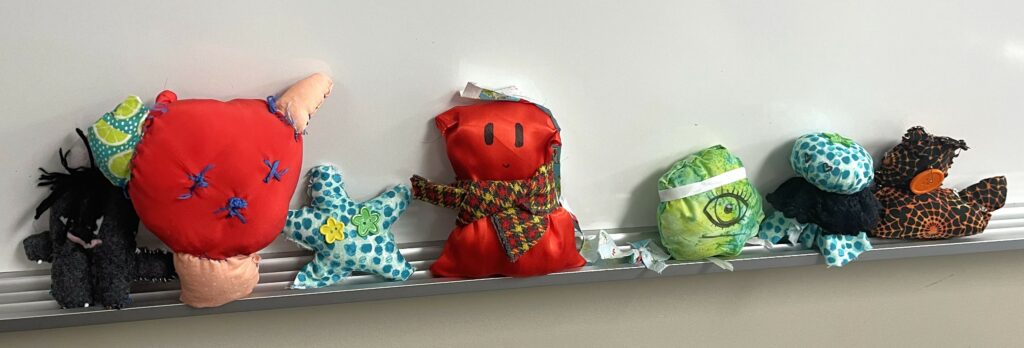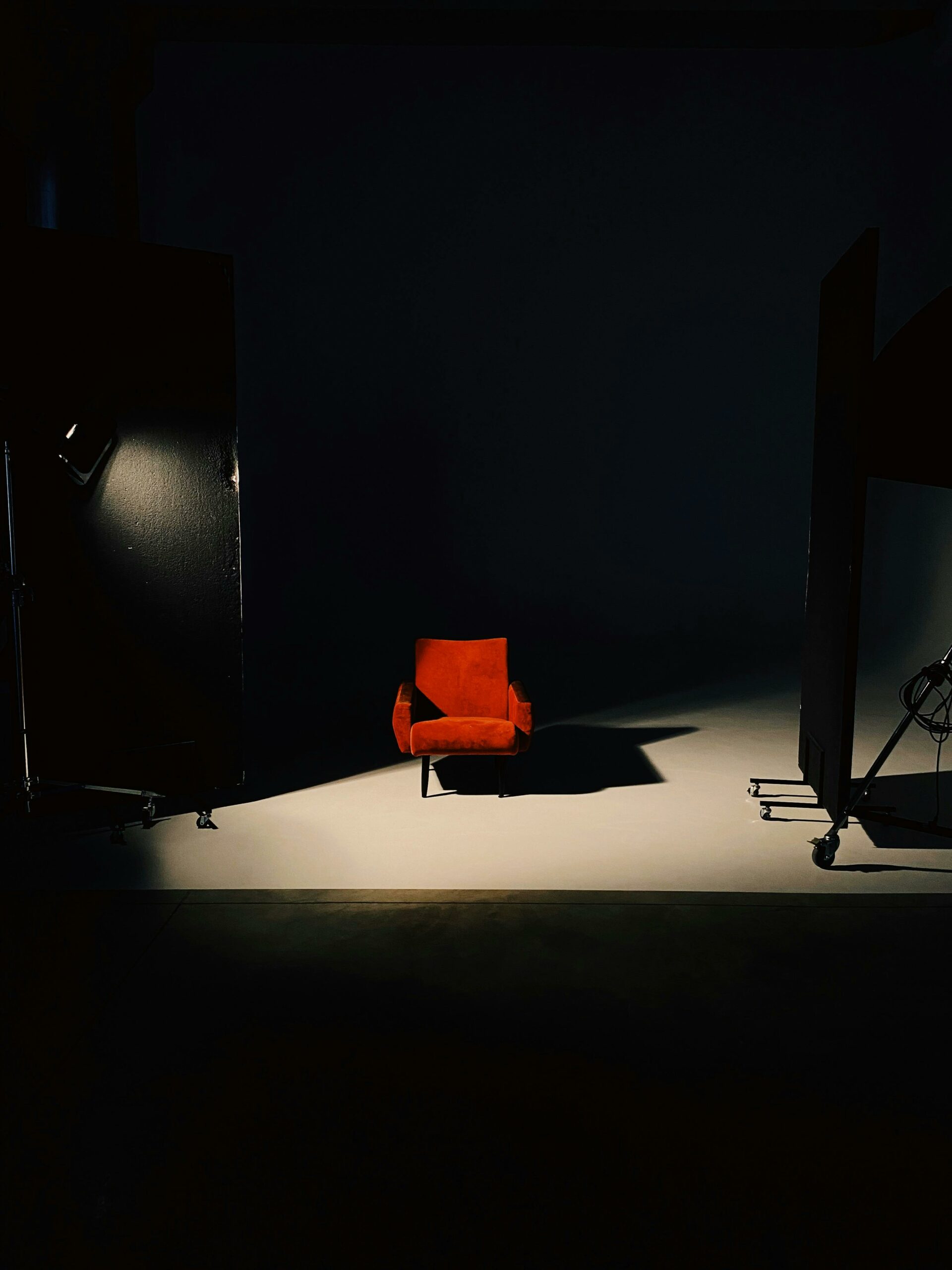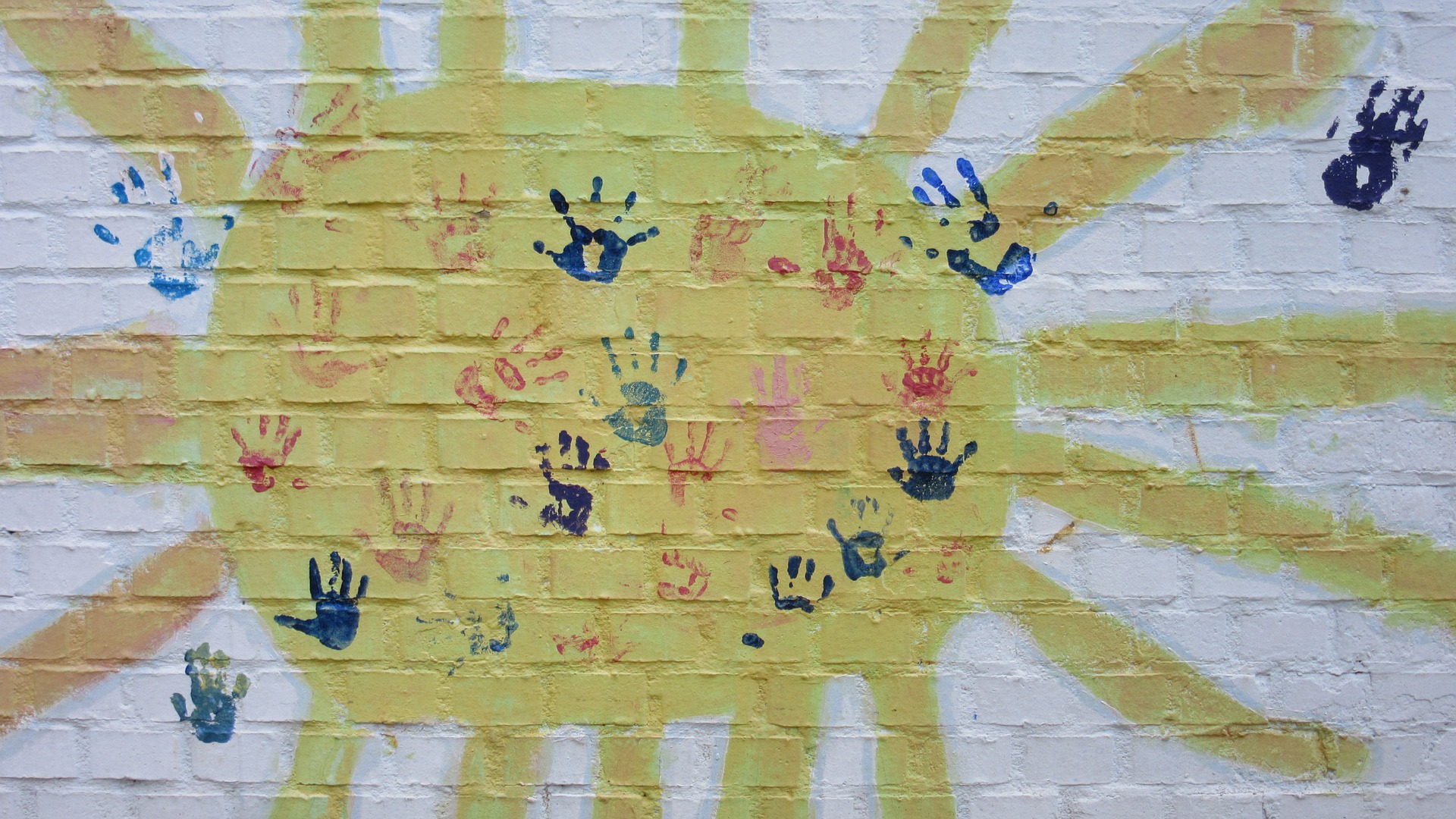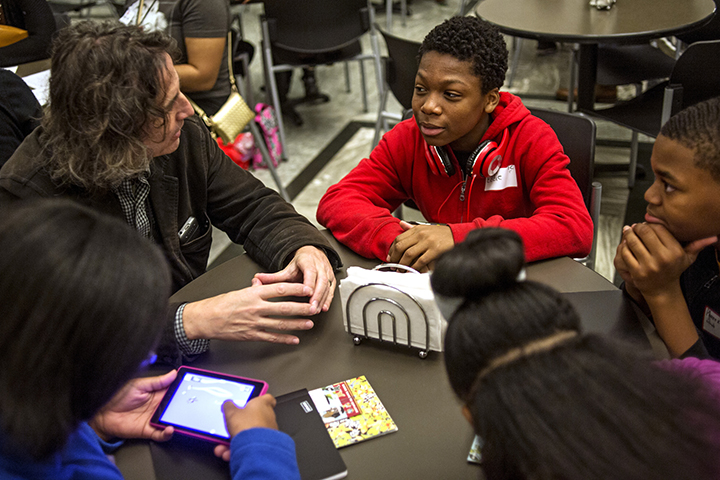Nationwide, fewer than three percent of the youth who enter foster care graduate from a four-year college. I understand how this happens. I remember standing on the porch of my first group home, a three-bedroom house in Santa Monica, where a social worker said to me, “Don’t worry. There’s no reason to be afraid.” Now I was afraid. The guy who ran the house sat us down on a couch, handed me a packet of rules, and suggested I take the GED exam. That was the moment when the idea first occurred to me: Why don’t I just give up?
My family is from a small town called Seaside in Northern California. My grandfather was stationed at the army base. Today that sunny farmland is paved over and what used to be the base is now a college. In time, all of my grandmother’s children left her, but many of my people still stayed in that small cruel place they’d grown accustomed to, our station in life: poverty and service jobs, and somewhere in the shadows. We stayed because before Seaside, we came from an island that sounds like a war, and in our blood, it still thrums, that war, you can’t leave that behind, you can only keep it at bay—still it or silence it with all the vices that make you useless.
My mother used to count whenever she grew angry. I tried to make sure to get in order before she ever reached 10. Then, later, in the group homes, the ticking bomb of egg-timers was the soundtrack to every shared space. A house full of adolescent girls, we were only allotted so much time to do certain things. For instance, we had to set the egg-timer before a shower, or before a phone call. The tick-tock like the crank of a jack-in-the-box on my adolescent nerves.
When I left the group homes, I was a pissed-off teenager: wild, gamey, and hot to the touch. I wanted to make my way into all the Offices of Importance and let them know I was worth something.
When I left the group homes, I was a pissed-off teenager: wild, gamey, and hot to the touch. I wanted to make my way into all the Offices of Importance and let them know I was worth something. Yet there I was, resigned to the fact that I’d been given a number, shuffled into a corner, where there was a file with my name on it. Should I do anything wrong—homicide, or a misdemeanor, or any type of failure, fall into homelessness—the people would look at my file and understand: oh yes, ward of the court. The mystery would be solved.
Instead of following the trajectory set before me, I took a sharp left turn. In the seventh grade I was one of the lucky few who was able to participate in the journalism class. Our middle school paper was a six-page foldout, what most people would call a newsletter today. But this was the time before social media and the internet. This kind of gossip rag held a much greater social currency then. Even better, I was the acting advice columnist. Think Bridgerton.
Ms. Marshall was a delight: long flower dresses, stern, took no crap from us middle-schoolers, but also jovial—a great big laugh. It was Ms. Marshall, as a mandated reporter, who got me into the foster care system in the first place and who ultimately steered me back toward the possible.
When police came onto my middle school campus responding to a missing children’s report, it was Ms. Marshall I told about my circumstances, the abuse, the late night cleaning, how I spent time confined in small spaces. I know now the heaviness of Ms. Marshall’s decision to report these incidents. A white teacher in a school with a predominantly Black and Brown student body likely often had to weigh her privilege, our inequitable access to safety nets, and our overall safety. If ever faced with these same questions, I recall Ms. Marshall and how things turned out for me. I remind myself that I merely have to report these incidents; it’s up to the other professionals to investigate and deem whether or not the student is in an unsafe environment.
Because of her, I went on to practice and then teach creative writing. Perhaps she is the reason I sit here now writing this essay after having been awarded a Ph.D. from USC’s creative writing program.
It was Ms. Marshall, as a mandated reporter, who got me into the foster care system in the first place and who ultimately steered me back toward the possible.
Most recently, I reported on the multiple failures in a particular child welfare case and appeared in the Netflix docuseries called The Trials of Gabriel Fernandez. In response to the documentary, the Department of Children and Family Services (DCFS) released a statement about the changes they intended to implement. This is how creative writing and journalism has become a way I’ve been able to pay Ms. Marshall’s belief and interest in me forward to other foster youth. My circumstances were tame compared to Gabriel’s. Still, it was in my mother’s closet that I opened a room in my mind, a place I call the Godless place. It’s a place I retreat to whenever I’m feeling afraid or unloved. This idea is what makes me the saddest when contemplating Gabriel—that he may have died occupying that same dark room in his mind. As an educator, I retrieve my students from wherever they were before that moment they realized giving up was an option.
Initially, I was nervous as a new adjunct professor. I recall looking at my students one day; they appeared blank-faced and bored. I felt it was a crisis of sorts. I immediately revised my syllabus, my aim, and my learning outcomes, and designed a course with engaged learning at the forefront. I called it The Human Condition. Initially, I had given into the performativity a lot of new professors fall into, which is that I was emulating what I thought a Real Academic did. Now I dedicate my courses to undoing mastery—we color, we write in longhand, we eat hard candy.

I took the window of time I had with them and allowed them to see and write the world, but not just as they saw it—as other people saw it. We prepared dinner for families staying at the Ronald McDonald house, and the class and I spent the day building homes in El Florido and then slept the night at Casa del Migrante, a shelter for migrant men in Tijuana. My students practiced an empathic approach to peer reviewing one another’s writing. They learned to not concern themselves with whether or not they liked or disliked a particular piece of writing but rather what feelings different images evoked in them and whether or not these images might align with the author’s intention. We sewed talismans of our worst, most feral critic who lives in our minds. We began each class by naming one brilliant thing. By the end of the semester, we had a list of a thousand brilliant things to carry with us. In our final class, we went to the beach, stared into the ocean, held hands, and screamed at the top of our lungs. We each shared something we learned about ourselves throughout the course. One of my students stated, “I learned that everyone has their stuff. Like, I know that I come into class with my stuff, but I forget that he might come in here with all his stuff. That he might have it hard.” She gestured with her chin to a tall, self-confident attractive guy, who always seemed charismatic and loved. In being seen—he cried.
As a queer Blackapina woman who came from the foster care system, it seemed impossible to achieve the life I enjoy today. The day I took my GRE, I pulled into the parking garage and became overwhelmed with an unfamiliar feeling: Want. I really, really wanted to go to graduate school, and I hadn’t allowed myself to want anything like that from Before the dark closet, from Before the godless place. There are two sets of educators we all remember, those who held us back and those who encouraged us. It’s been decades, and now that we have the internet and social media I was once again able to connect with Ms. Marshall. She was able to see my first novel come to publication, and she was able to see me report on a national docuseries on Netflix.
Like Ms. Marshall, I aim to meet my students where they are and then help propel them forward. I will be that person to steer them toward the life they want. There is no better work than that. Nothing good grows in the dark.
Featured photo by Kate Gundareva.

Melissa Chadburn
Melissa Chadburn’s writing has appeared inThe LA Times, NYT Book Review, NYRB, Paris Reviewonline, and dozens other places. Her debut novel,A Tiny Upward Shove, was published with Farrar, Straus, & Giroux in April 2022 and was longlisted for the PEN/Hemingway Debut Novel Award. She was just awarded her Ph.D. from USC’s Creative Writing Program. Melissa is a worker lover and through her own work and literary citizenship strives to upend economic violence. Her mother taught her how to sharpen a pencil with a knife, and she’s basically been doing that ever since. She teaches at Pitzer College.



